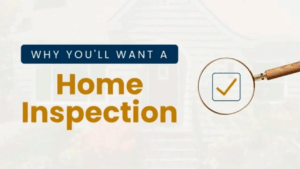How to Price Your Home in South Florida’s Competitive Market


Pricing a home correctly is one of the most crucial steps in the selling process. In South Florida’s competitive real estate market, a well-priced property can attract more interest, sell faster, and often at or above the asking price. Here’s a guide on how to set the right price for your home in this dynamic market.
1. Understand Market Conditions
The first step to pricing your home is to understand the current market conditions. Is it a buyer’s or seller’s market? In a seller’s market, demand is high, allowing you to price more aggressively. In a buyer’s market, you might need to be more conservative with your price.
2. Conduct a Comparative Market Analysis (CMA)
A CMA compares your home to recently sold properties in your area with similar features. By analyzing the prices of these homes, you can get a realistic sense of where your property stands in the market.
3. Consider Your Home’s Unique Features
Certain features, such as a waterfront view, proximity to top schools, or recent renovations, can add value to your home. Identify these unique aspects and consider how they might impact your pricing strategy.
4. Factor in the Location
Location is a major determinant of price. Homes in desirable South Florida neighborhoods often command higher prices. If your property is in a sought-after area of Miami or Fort Lauderdale, you may be able to price it higher.
5. Evaluate Your Home’s Condition
A well-maintained home can justify a higher asking price, while a property needing major repairs may require a lower price to attract buyers. Consider investing in small upgrades that can boost your home’s appeal without major expenses.
6. Set a Competitive Price to Attract Offers
Pricing slightly below market value can create a sense of urgency, potentially leading to multiple offers. This approach can be particularly effective in a competitive market, as it can drive up the final sale price.
7. Avoid Overpricing
While it may be tempting to set a high asking price, overpricing can backfire, leading to longer time on the market and potential price reductions. Homes that linger on the market often appear less desirable to buyers, which can ultimately hurt your sale.
8. Work with a Local Real Estate Agent
An experienced agent in the South Florida market can provide valuable insights and help set a realistic, data-driven price. They understand the nuances of local demand, pricing trends, and what buyers are willing to pay in your area.
9. Consider Seasonal Trends
The real estate market can vary with the seasons. South Florida’s market, for instance, may see increased activity in certain months. Understanding these trends can help you time your listing and set a price that aligns with market demand.
10. Be Open to Adjustments
If your home isn’t attracting offers, it might be necessary to adjust the price. Regularly evaluating market feedback and being flexible can help you find the optimal price point.
Conclusion
Setting the right price in South Florida’s competitive real estate market requires research, strategy, and a good understanding of local trends. By following these steps, you can price your home effectively to attract offers and achieve the best possible sale outcome.






